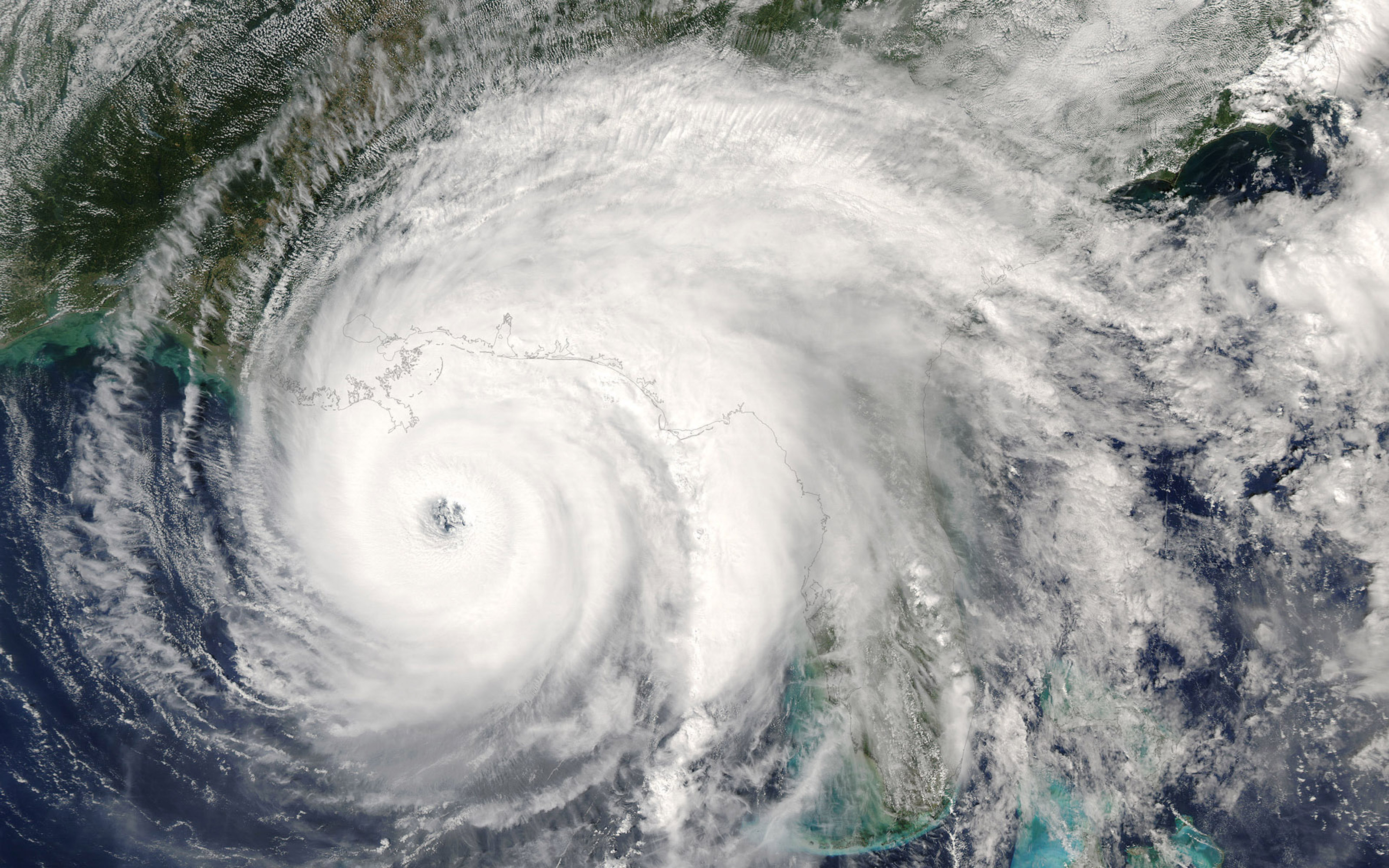Many patients also reported they were dissatisfied with the availability of consumer preparedness information that would help them continue their treatment despite loss of electricity, having to relocate, and other life-altering situations that commonly occur.
“As physicians who commonly treat patients with obstructive sleep apnea, we need to expect transient loss of treatment and have ready resources for our patients about what to do during hurricanes and other extreme weather events,” said study author Alejandro D. Chediak, M.D., associate chief of clinical affairs in the Division of Pulmonary, Critical Care, and Sleep Medicine at the Miller School of Medicine.
Dr. Chediak said Hurricane Katrina, a powerful hurricane that made landfall in Southeast Louisiana in August 2005, prompted him to ask how obstructive sleep apnea and other patients who rely on at-home equipment could continue treatment through a natural disaster.
“I learned back then that the infrastructure was a problem. If you are trying to import sleep apnea machines, more masks, more equipment, how do you move it into the area and identify the people that need it?” he said. “The good news is much has changed in sleep medicine since Hurricane Katrina. For example, today’s machines can be managed and tracked through an internet portal, which allows insight into the need for assistance.”
There also is greater access to different power sources, from special batteries to generators, that can help keep equipment up and running, according to Dr. Chediak.
To better understand obstructive sleep apnea patients’ concerns and behaviors during extreme weather events, Dr. Chediak and colleagues studied patients who in normal circumstances were known to use PAP therapy regularly and properly. They analyzed cloud-based monitoring data on patients’ use of PAP machines before, during and after Hurricane Irma, which made landfall September 9, 2017 on mainland Florida as a category 3 storm. More than 1 million people lost power, and many had to live temporarily in shelters or lost their homes because of the storm.
Researchers also surveyed 117 patients about how the hurricane impacted their therapy.
They found that after Hurricane Irma, nearly 80% of patients could not use their PAP machines for an average 4.3 days. As a result of the treatment lag, 64% of those patients experienced snoring, 19% choking, and 42% sleepiness.
Seventy-one of the 117 patients said they missed treatments because they lost electricity. But that was not the only reason for disruptions in PAP therapy. Misplaced equipment during evacuations and a lack of power outlets at shelters were among the other reasons.
Cloud monitoring revealed patients who lost electricity experienced an average decline of 33 minutes in PAP use for the first 7 days post-hurricane. Interestingly, there was a trend towards increased use post-hurricane in those who did not lose electricity, a finding that might reflect how extreme weather events impact people’s lives. It could be that people sacrifice on sleep and rest before the storm and are sleep deprived after, according to Dr. Chediak.
Finally, the study confirmed that many patients had trouble finding preparedness information pertaining to the special needs of obstructive sleep apnea patients.
“This could apply to any natural disasters, from hurricanes and floods to earthquakes and fires. We need centralized information that patients can use to prepare themselves for potential displacement or extreme weather. Ideally, that could be provided by our national societies or hospitals. At the University of Miami Miller School of Medicine, we are developing a portion of our website devoted to what do our patients need to do when an extreme weather event threatens,” Dr. Chediak said.
Patients need to know, for example, that newer PAP devices can be run on special batteries or generators. The authors listed different options for battery devices for PAP equipment in the paper.
Maintaining PAP therapy is important for people with chronic obstructive sleep apnea. Without therapy, symptoms, such as poor sleep, lethargy and snoring, often recur in the short term. Long-term treatment lapses could lead to increased risks of hypertension, cardiac arrythmias, strokes and more.
Coauthors of the study are: Aleksandra M. Kwasnik, M.D., Mayo Clinic’s Billings Clinic in Mont.; Pamela Barletta, M.D., medical clinical research coordinator at the Miller School; Alexandre R. Abreu, M.D., UHealth Sleep Medicine; Catalina Castillo, M.S., and Yoel Brito, M.D.



